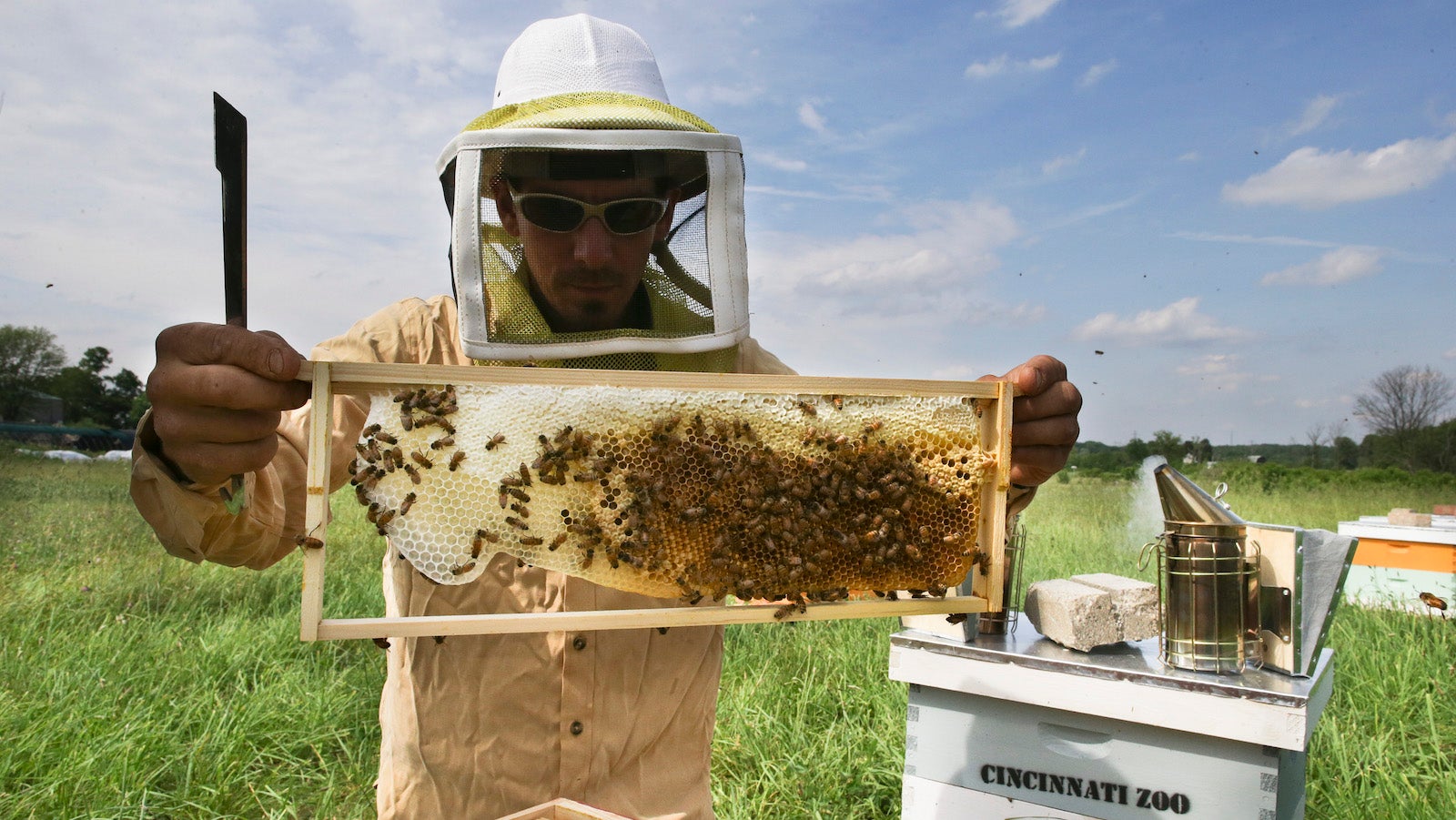The EPA is under fire for approving pesticides without confirming how harmful they are to bees
On Sept. 10, a US federal appeals court came down hard against the Environmental Protection Agency for approving the use of a pesticide called sulfoxaflur without reviewing enough evidence to know whether or not it is harmful to bees.


On Sept. 10, a US federal appeals court came down hard against the Environmental Protection Agency for approving the use of a pesticide called sulfoxaflur without reviewing enough evidence to know whether or not it is harmful to bees.
It was the first time that the US government has banned use of the insecticide nationwide over concern for its longterm effects on honey bees, and challenged the EPA to produce more field studies on its safety. The ban is considered a big win for the beekeeping industry.
The ruling isn’t so much pro-bee as it is pro-regulation. The Ninth Circuit appeals court challenged the EPA’s process for approving the use of pesticides, and found that, by the EPA’s own standards, the agency had failed to inspect sulfoxaflur thoroughly before letting farmers use it (and letting corporations like Dow AgroSciences manufacture and sell it).
Sulfoxaflur belongs to a class of insecticides called sulfoximines, and is the first of its kind to of it be banned nationwide. But this was not the first time that EPA has been sued for approving the use of pesticides without knowing how much harm they cause.
In 2003, the EPA gave Bayer CropSciences conditional permission to manufacture clothianidin—a nicotine-like insecticide now widely accused of causing Colony Collapse Disorder, a phenomenon that kills off the majority of working bees in a colony while leaving behind a queen.
The EPA’s condition was that Bayer submit more evidence on clothianidin’s potential longterm effect on honey bees. Three years later, in 2006, Bayer did turn over an additional field study, which the agency found “acceptable,” but then re-evaluated as ”supplemental” in 2010, asking Bayer to submit yet another field study. That same year, although Bayer had not yet submitted additional data, the EPA fully approved clothianidin.
“The reevaluation of the study in question does not change the agency’s conclusion that the registered uses of clothianidin meet the [Federal Insecticide, Fungicide, and Rodenticide Act] risk/benefit standard for registration,” explains the EPA on its website.
In an email to Quartz, the EPA noted that pesticides can be manufactured and sold under both conditional and full registration, in accordance with their registration and correct labeling. But, wrote the agency’s representative, that’s only if use of the pesticide “would not significantly increase the risk of unreasonable adverse effects” in the time it takes to generate another field study.
The EPA’s unconditional approval of clothianidin outraged some environmentalist groups. In 2008, the National Resources Defense Council, tired of submitting Freedom of Information Act requests without success, sued the EPA for not turning over “critical information” about clothiandian’s risk to honeybees.
In a high-profile lawsuit, beekeepers Steve Ellis and Jeff Anderson teamed up with the San Francisco nonprofit Center for Food Safety in 2013 to sue the EPA for approving the use of clothiandian and a similar pesticide called thiamethoxam—which they say led to Colony Collapse Disorder and cost them 40% of their bee populations each year.
This month’s sulfoxaflur win might be a good sign for them. “EPA has admitted that a lot of data gaps exist,” Peter Jenkins, the lead attorney on the Ellis case told Quartz, which could be good new for future legal challenges to the agency. “This is a very helpful decision both retroactively and proactively,” said Jenkins.